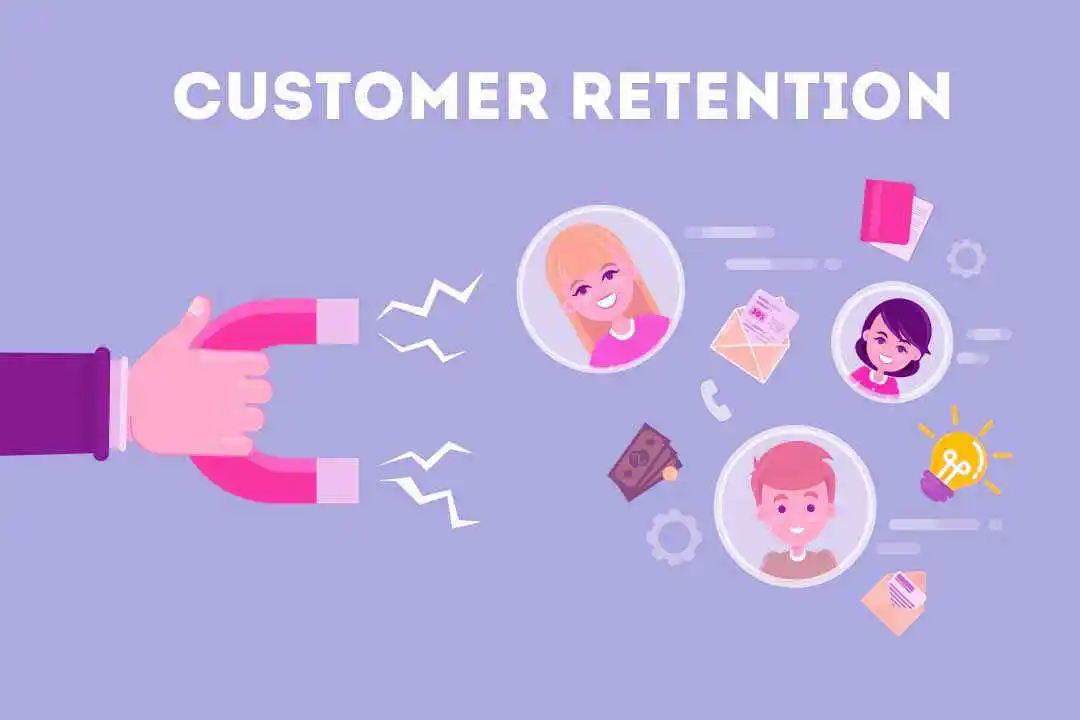
Table of Contents
In today’s digital age, sales efficiency is crucial for the success of any business. With the strategic use of AI, boosting sales with content automation is easily accessible to small businesses and solopreneurs. Content automation can play a key role in boosting sales efficiency by streamlining the process of creating and distributing sales content. By leveraging sales automation tools and platforms, businesses can implement effective sales automation strategies to reap the benefits of content automation, ultimately improving their bottom line.
The Power of Streamlining Sales Content Creation and Distribution
Content automation plays a crucial role in boosting sales efficiency by streamlining the process of creating and distributing sales content. By leveraging AI-powered content creation tools, businesses can generate high-quality sales materials at scale, saving time and resources. This not only improves the efficiency of the sales team but also ensures that the content is consistent and on-brand, ultimately leading to more effective sales interactions.
With the help of sales automation tools and platforms, businesses can implement effective sales automation strategies to reap the benefits of content automation. By automating repetitive tasks such as content creation and distribution, sales teams can focus their time and energy on building relationships with customers and closing deals. This shift in focus can significantly improve the productivity and effectiveness of the sales team, ultimately leading to an improvement in the bottom line.
Furthermore, streamlining the process of creating and distributing sales content through automation allows businesses to adapt quickly to changing market conditions and customer needs. By leveraging data-driven insights and analytics, businesses can continuously optimize their sales content to better resonate with their target audience. This agility and responsiveness are crucial in today’s fast-paced and competitive business environment, allowing businesses to stay ahead of the curve and drive sales growth.
Implementing Effective Sales Automation Strategies
Implementing effective sales automation strategies is crucial for maximizing the benefits of content automation in boosting sales efficiency. This involves not only identifying the most impactful touchpoints in the sales process, but also understanding the specific needs and preferences of the target audience. By leveraging automation tools to optimize and streamline these interactions, businesses can ensure that the right content is delivered to the right prospects at the right time, ultimately increasing the likelihood of conversion.
Furthermore, effective sales automation strategies also involve integrating automation tools with customer relationship management (CRM) systems to ensure seamless communication and personalized interactions with leads and prospects. This integration allows for the automation of routine tasks such as lead scoring, email outreach, and follow-ups, freeing up valuable time for sales teams to focus on building relationships and closing deals. By automating these processes, businesses can significantly increase their sales efficiency and productivity.
In addition, implementing effective sales automation strategies requires continuous monitoring and analysis of the sales process to identify areas for improvement. By leveraging data and analytics, businesses can gain valuable insights into the performance of their content automation efforts and make data-driven decisions to optimize their sales automation strategies. This iterative approach to sales automation ensures that businesses are constantly refining and improving their processes to maximize sales efficiency and drive revenue growth.
Leveraging Sales Automation Tools and Platforms
One key sales automation tool that businesses can leverage is customer relationship management (CRM) integrations. By integrating their CRM with their content automation platform, businesses can streamline their sales processes, track customer interactions, and gain valuable insights into customer behavior. This allows for more personalized and targeted content delivery, ultimately improving sales efficiency.
In addition to CRM integrations, email marketing automation is another powerful tool for automating sales content processes. With email marketing automation, businesses can set up automated email campaigns based on customer behavior, preferences, and interactions. This ensures that the right content is delivered to the right prospects at the right time, increasing the chances of conversion and driving sales efficiency.
Furthermore, sales automation platforms offer a range of features and capabilities to help businesses automate their sales content processes. These platforms often include tools for content creation, management, distribution, and analytics, all of which contribute to streamlining the sales content workflow. By leveraging these platforms, businesses can ensure that their sales teams have access to the most relevant and effective content, ultimately boosting sales efficiency and driving business success.
Reaping the Benefits of Content Automation
Implementing content automation for sales can lead to increased productivity, as it streamlines the process of creating and distributing sales content. With automated workflows in place, sales teams can spend less time on manual tasks and more time on engaging with potential customers and closing deals, ultimately leading to a boost in sales efficiency.
Furthermore, content automation can contribute to improved lead nurturing by ensuring that the right content is delivered to the right leads at the right time. This personalized approach can help businesses build stronger relationships with their prospects, leading to higher conversion rates and increased sales success.
In addition, automated content workflows can free up sales teams to focus on high-value activities, such as building strategic partnerships, conducting in-depth market research, and developing innovative sales strategies. This allows businesses to make the most of their resources and talent, ultimately contributing to the overall success of the sales operation.
Improving Bottom Line Through Sales Efficiency
Improving the bottom line through sales efficiency is a critical aspect of business success in the digital age. By streamlining the process of creating and distributing sales content through content automation, businesses can significantly reduce the time and resources required to generate leads and close deals. This not only leads to cost savings but also allows sales teams to focus their efforts on high-value activities, ultimately driving revenue growth.
Effective sales automation strategies, when combined with content automation, can further contribute to improving the bottom line. By automating repetitive tasks such as lead nurturing, follow-ups, and customer communication, businesses can increase the productivity and effectiveness of their sales teams. This not only leads to higher conversion rates but also enables sales representatives to engage with a larger number of prospects, ultimately leading to increased sales and revenue.
By leveraging automation tools and platforms, businesses can achieve long-term success by improving their bottom line. These tools not only streamline the sales process but also provide valuable insights and analytics that can be used to optimize sales strategies and identify new opportunities. This data-driven approach to sales automation enables businesses to make informed decisions that drive revenue growth and improve overall business performance.
Frequently Asked Questions About Boosting Sales with Content Automation
Q: How can content automation help businesses improve their bottom line?
A: Content automation plays a crucial role in improving the bottom line of businesses by streamlining the process of creating and distributing sales content. By automating these tasks, businesses can significantly reduce the time and resources required to generate leads and close deals, leading to cost savings and increased efficiency. This allows sales teams to focus on high-value activities, ultimately driving revenue growth and improving the overall bottom line.
Q: What are the benefits of implementing effective sales automation strategies?
A: Implementing effective sales automation strategies can lead to higher conversion rates and increased productivity and effectiveness of sales teams. By automating repetitive tasks such as lead nurturing, follow-ups, and customer communication, businesses can engage with a larger number of prospects, ultimately leading to increased sales and revenue. Additionally, sales automation tools provide valuable insights and analytics that can be used to optimize sales strategies and identify new opportunities, contributing to long-term success and improved bottom line.
Q: How do automation tools and platforms contribute to long-term success for businesses?
A: Automation tools and platforms not only streamline the sales process but also provide valuable insights and analytics that can be used to optimize sales strategies and identify new opportunities. This data-driven approach to sales automation enables businesses to make informed decisions that drive revenue growth and improve overall business performance. By leveraging these tools, businesses can achieve long-term success and improve their bottom line through increased efficiency and productivity.
Q: What role does sales efficiency play in the success of businesses in the digital age?
A: In today’s digital age, sales efficiency is crucial for the success of any business. By streamlining the process of creating and distributing sales content through content automation, businesses can reduce the time and resources required to generate leads and close deals, ultimately improving their bottom line. Sales efficiency allows sales teams to focus on high-value activities, driving revenue growth and improving overall business performance in the digital landscape.
Q: How can businesses leverage automation tools to drive revenue growth?
A: Businesses can leverage automation tools to drive revenue growth by automating repetitive tasks such as lead nurturing, follow-ups, and customer communication. This increases the productivity and effectiveness of sales teams, leading to higher conversion rates and increased sales and revenue. Additionally, automation tools provide valuable insights and analytics that can be used to optimize sales strategies and identify new opportunities, contributing to long-term success and improved bottom line.
Q: What are the key benefits of combining sales automation with content automation?
A: The key benefits of combining sales automation with content automation include higher conversion rates, increased productivity and effectiveness of sales teams, and valuable insights and analytics for optimizing sales strategies. By automating the process of creating and distributing sales content, businesses can reduce the time and resources required to generate leads and close deals, ultimately driving revenue growth and improving the overall bottom line.
Q: How does content automation streamline the process of creating and distributing sales content?
A: Content automation streamlines the process of creating and distributing sales content by automating tasks such as content creation, distribution, and tracking. This reduces the time and resources required to generate leads and close deals, leading to cost savings and increased efficiency. By leveraging content automation, businesses can focus their efforts on high-value activities, ultimately driving revenue growth and improving their bottom line.
Q: What are the cost-saving benefits of implementing content automation for businesses?
A: Implementing content automation for businesses can lead to significant cost savings by reducing the time and resources required to generate leads and close deals. By automating tasks such as content creation, distribution, and tracking, businesses can streamline the process of creating and distributing sales content, ultimately improving their bottom line through increased efficiency and productivity.


